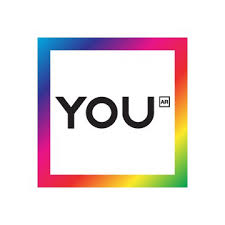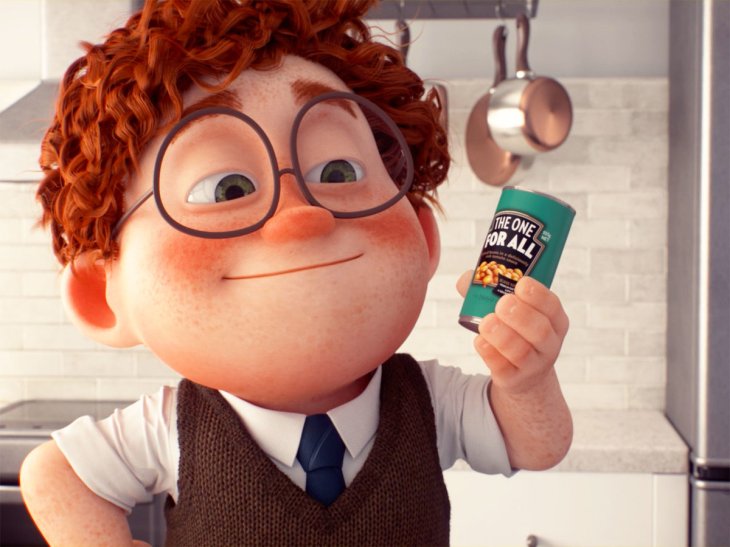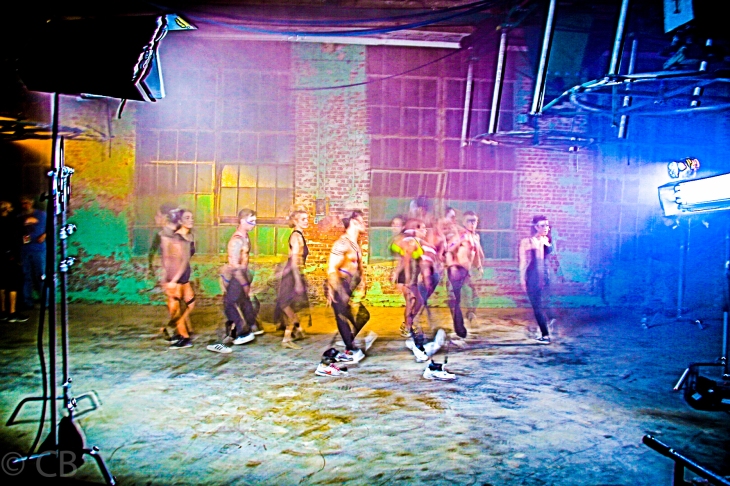You know an ad campaign has to be a big deal when it reaches even me, in my heavily filtered little section of the Internet. And yet here we are: Uber’s Moving Forward campaign.
Uber is a terrible brand.
To begin with, I don’t like Uber.
- I don’t like Uber because of the way it has bullied and threatened the press.
- I don’t like Uber because of their borderline criminal non-competitive practices
- I don’t like Uber because their business model skirts the legal definitions of employer/employee relationships in a way that allows them to exploit their labor pool.
- But mostly I don’t like Uber because hundreds of sexual assaults take place on their watch every year, and they refuse to do anything about it.
You will note that I didn’t even mention the scandals, the data breach, the culture of misogyny, the hidden fees and exploitative pricing, and the compromised safety standards.
Here is an ongoing list of assaults, sexual assaults, deaths, etc due to Uber and Lyft drivers. The source is the taxicab industry, so it’s not unbiased, but I don’t doubt it’s accurate.
So, on the one hand, as a smartphone-owning person who doesn’t drive, I might be in the Uber customer demographic. But the company is so utterly toxic that I wouldn’t even consider it.
It is this toxicity that the “Moving Forward” campaign seems to seek to address. But does it?
Is it possible to reverse a bad brand image?
To start with, let’s make a comparison with another brand that had terrible brand equity. Domino’s Pizza. The company was in such a disastrous market position that they needed to do something drastic. Here’s what they did:
In some ways, the two spots are similar. They are both framed as first-person statements from the CEO to the customer. They are (perhaps) both intended to to “reset” customer relations and give the company improved credibility.
The Domino’s spot is SO MUCH MORE SUCCESSFUL.
- It specifically shows what customers were unhappy about.
- It shows authentic employee reactions to those complaints.
- It describes a comprehensive plan to address those complaints.
- It shows employees united and excited about the future
It is authentic, engaging, and genuinely makes you think that the new crust, the new sauce, and the new cheese will result in a better tasting pizza than your previous experiences with their brand. It does what that commercial needed to do (and it was successful, by the way; the company’s recovery has been studied and written about extensively, and remains a remarkable example of brand reversal)
Uber has a MUCH steeper mountain to climb, because the customer complaints aren’t simply bad pizza. They have made customers afraid for their safety, and in the #metoo era, it poses a huge challenge. Did they rise to the task?
Not even a little bit.
Uber fails to make the grade
The Uber spot (and all the materials in the campaign) are a non-apology apology. He alludes vaguely to a “need for a new direction”. He promises you will “see improvements for both riders and drivers”. He says that one of the core values of the company is to “always do the right thing”, which is outright laughable given the company history. He doesn’t even allude to the previous core values, changed just last year, that included “super pumpedness”. He promises that they are charting an “even better road.”
The campaign comes with a new microsite, of course, that again alludes to “improving Uber” and “changing the culture”. They are “getting serious about safety“.
The problem is, without clear, specific, explict statements that describe the problem, and clear, specific steps about what is being done to fix it, this all feels like hollow marketing talk. For example, in the new safety page, they say they are improving the driver screening process, but the process page was written in 2016 (and contains a lot of disclaimers blaming law enforcement for incomplete data about their drivers). There have been 21 alleged sexual assaults in Uber vehicles so far this year, and the company shows no signs that they want to improve accountability or take responsibility for these incidents.
I’m not suggesting that Uber is at fault for the actions of it’s drivers. I am suggesting that the very core operation of the company was designed by a guy along with other guys. If there had been women around at the very beginning, and they had been able to give input on the service, they would have pointed out that getting into a stranger’s car poses a safety risk (for women in particular, but not always). If that perspective had been voiced and taken seriously, then passenger safety would have been built into the app from the beginning. It never was, and it looks like perhaps it never will be.
Is Uber Moving Forward?
It’s clear that Uber is desperate to put the past behind them, to make people forget all the old scandals and bad news and their heinous CEO and start over on a new footing. To be honest, I think they could. Today’s news cycle is so overwhelming, nobody has much of a memory for last year’s CEO.
At this point, all Uber really has to do is demonstrate that their rides are safe and their pricing is fair. But in order to persuade people on that point, they need to admit that that has not been the case, and spell out what they are doing differently. I don’t think they do either of those things, and am not willing to move anywhere with this company.


 When does a veteran animation studio become a tech startup? When it’s Bent.
When does a veteran animation studio become a tech startup? When it’s Bent. Why did Bent start YouAR?
Why did Bent start YouAR?

